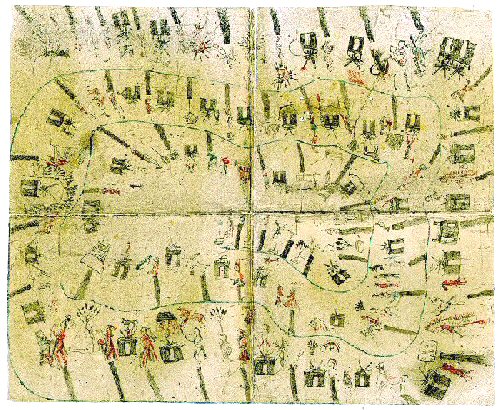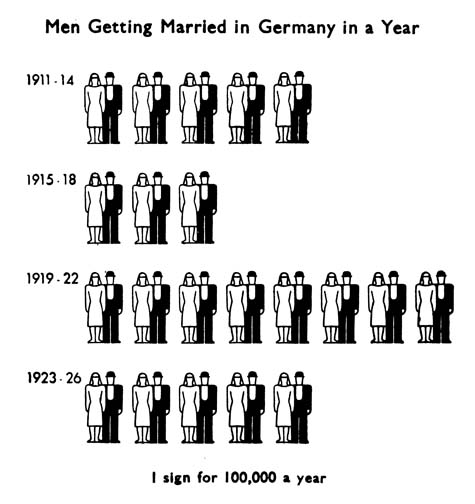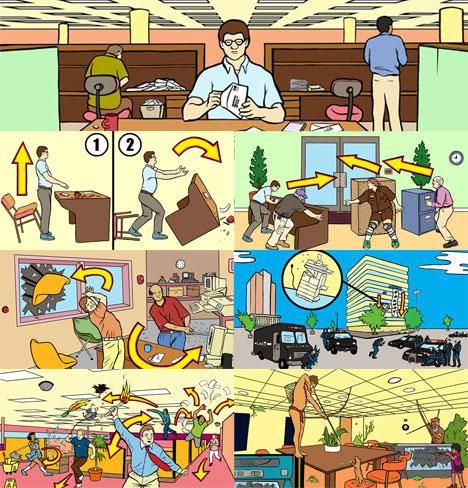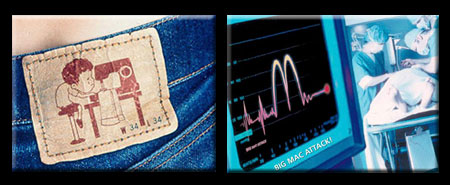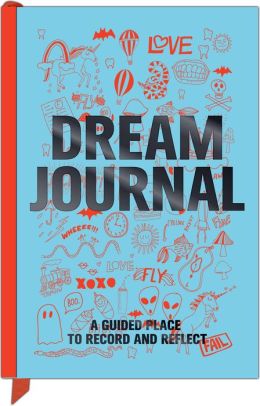I will use graphic visual language in the form of pictographs and its execution as abstract communication to investigate implied meaning and the how use of concepts such as composition, colour and emphasis can change how an image can be read. Through this I will examine the nature of language in its relation to narrative along with ideas around subjective and abstracted narrative.
Intro to Pictographs
The distinctive difference between a pictogram and an ideogram lies in the words themselves. A pictogram uses a picture of an object and an ideogram uses a symbol made of geometric shapes to represent an idea. Pictogram, picture. Ideogram, idea.
Modern examples include the logograms for "Ladies" 🚺 and "Gents" 🚹, "telephone" ☎, and "wheelchair access" ♿, which can be understood without any knowledge of the spoken language, i.e. the concept conveyed is the same to a German as to a Spaniard (for whom also include the symbols for the numbers 0 to 9, and the ampersand "&") or Korean.
Puck Magazine, March 30, 1881
- Ambrose Bierce
New York Lake Pictograms via Behance
Animal Pictograms via Behance
Olympic Pictograms via Behance
Chinesized weather forecast system by Yu ZHAO <<
Spiderman Origin by pictographs via Behance
Historical Narratives through Pictographs by Mellissa Miroslava <<
Petroglyphs and Pictographs, photos by James Maire
Icons for Hotel Navigation by Katherin Isypova
Music Titles by Pictograms by Geno Arguelles
Johannesburg Zoo Pictograms
Pictogramyourlife
Kaomoji (顔文字; literally, "face mark"): is the Japanese version of an emoticon. It is meant to be written and read horizontally.
Kaoani comes from the Japanese kao (顔?, face) and ani (アニ?, animation). Kaoanis are little animated smilies that usually bounce up and down to look like they are floating. Kaoani originate in Japan and are also known as puffs, anime blobs, anikaos or anime emoticons.
In the sims iconography are used extensively to convey moods and activites.
Ideasthesia (alternative spelling ideaesthesia) is defined as a phenomenon in which activations of concepts (inducers) evoke perception-like experiences (concurrents). The name comes from the Greek idea and aisthesis, meaning "sensing concepts" or "sensing ideas" and is introduced by Danko Nikolić.The main reason for introducing the notion of ideaesthesia was the empirical evidence indicating that the related term synesthesia (i.e. union of senses) suggests incorrect explanation of a set of phenomena traditionally covered by this heading. Syn-aesthesis denoting "co-perceiving", implies the association of two sensory elements with little connection to the cognitive level. However, most phenomena that have inadvertently been linked to synesthesia, in fact are induced by the semantic representations i.e., the meaning, of the stimulus rather than by its sensory properties, as would be implied by the term synesthesia.
The concept of ideasthesia bears implications for understanding how synesthesia develops in children. Synesthetic children may associate concrete sensory-like experiences primarily to the abstract concepts that they have otherwise difficulties dealing with. Synesthesia may thus be used as a cognitive tool to cope with the abstractness of the learning materials imposed by the educational system (referred to also as a semantic vacuum). This hypothesis explains why the most common inducers in synesthesia are graphemes and time units— both relating to the first truly abstract ideas that a child needs to master.
The concept of ideasthesia bears implications for understanding how phenomenal experiences (or qualia) can emerge within a physical system e.g., the redness of color red. This question is also known as the hard problem of consciousness. Understanding perception as ideasthesia suggests that the phenomenal experiences evoked by a stimulus are tightly related to the process of categorizing that stimulus and understanding its meaning for the perceiver. Therefore, the origin of phenomenal conscious experiences should be sought in the mechanisms responsible for extracting the semantics of the surrounding world, including extraction of the meaning and the categorization of stimuli.
Petroglyphs and pictographs have been found and catalogued from the pyramids of Egypt
to India, from Australia to Brazil, from Japan to Scotland, and in Mexico, and in many
cases have handed down important traditional history of the times and peoples represented.
More distinctive examples of evolution in ideography and in other details of picture writing are found still extant among the Dakota (or Sioux) Indians, than among any other North American tribes.
The pictographic symbols used in this codification are taken from some of the most important known pictographs of the North American Indians. The classification and correlation of the matter collected has required more effort than is apparent, because the sources of information are so meager.
Sett'an calendar was a semiannual notation of some striking events that stirred the tribe. The winter notation or pictograph was indicated by an upright black bar below the principal figure; the summer notation was often designated by a picture showing a medicine lodge for the annual Sun Dance. The Sett'an calendar ended in 1892, and the Anko monthly calendar ran from August, 1889, to July, 1892. The Anko yearly calendar ran from 1864 to 1892. Both of Anko's calendars were redrawn on the same skin. The calendars given by Miss Marriott run through 1901.
Aboriginal Pictographs
Norse Petraglyph
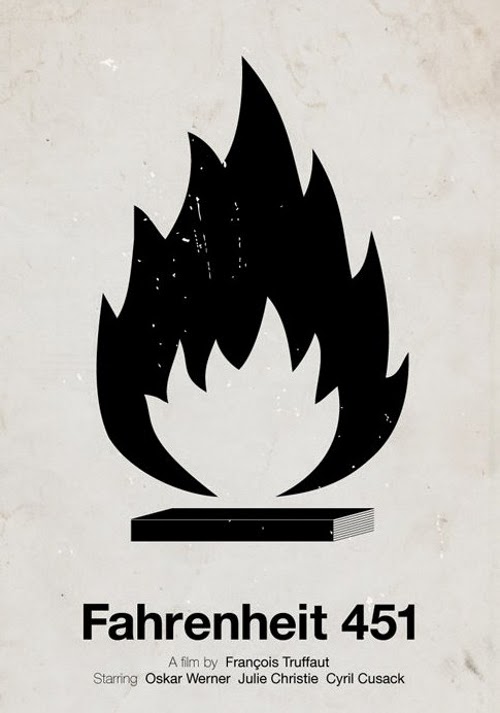
50's design and photography
Based on these images I did a series of photographic experiments, attempting to convey narrative in a purely pictorial form. I set myself the task of doing so neutral of language to avoid taking shortcuts.
The distinctive difference between a pictogram and an ideogram lies in the words themselves. A pictogram uses a picture of an object and an ideogram uses a symbol made of geometric shapes to represent an idea. Pictogram, picture. Ideogram, idea.
Modern examples include the logograms for "Ladies" 🚺 and "Gents" 🚹, "telephone" ☎, and "wheelchair access" ♿, which can be understood without any knowledge of the spoken language, i.e. the concept conveyed is the same to a German as to a Spaniard (for whom also include the symbols for the numbers 0 to 9, and the ampersand "&") or Korean.
- Robert Herrick's 1648 poem "To Fortune"
Speech written for Abraham Lincoln 1862
- Ambrose Bierce
New York Lake Pictograms via Behance
Animal Pictograms via Behance
Olympic Pictograms via Behance
Chinesized weather forecast system by Yu ZHAO <<
Spiderman Origin by pictographs via Behance
Historical Narratives through Pictographs by Mellissa Miroslava <<
Petroglyphs and Pictographs, photos by James Maire
Icons for Hotel Navigation by Katherin Isypova
Music Titles by Pictograms by Geno Arguelles
Johannesburg Zoo Pictograms
Pictogramyourlife
Smiley: The classic form designed in 1963 comprises a yellow circle with two
black dots representing eyes and a black arc representing the mouth.
Emoticon: An emoticon (short for emotion icon) is a meta-communicative pictorial representation of a facial expression which in the absence of body language and prosody serves to draw a receiver's attention to the tenor or temper of a sender's nominal verbal communication, changing and improving its interpretation. There use varies cultural but they have been particularly developed in Japan and Korea some of which have been adopted by the western style.
Emoji(Japanese: 絵文字(えもじ): are the ideograms or smileys used in Japanese electronic messages and webpages, the use of which is spreading outside Japan. Originally meaning pictograph, the word emoji literally means "picture" (e) + "character" (moji).
Kaomoji (顔文字; literally, "face mark"): is the Japanese version of an emoticon. It is meant to be written and read horizontally.
Kaoani comes from the Japanese kao (顔?, face) and ani (アニ?, animation). Kaoanis are little animated smilies that usually bounce up and down to look like they are floating. Kaoani originate in Japan and are also known as puffs, anime blobs, anikaos or anime emoticons.
In the sims iconography are used extensively to convey moods and activites.
The power of Symbols
Ignoring the thinly veiled political attacks in the message this video makes some excellent points about the power of iconography and how to use it effectively while also pointing out that the more powerful a symbol you create the easier it is to use against you.
In Batman begins and other sources, Bruce Wayne explicitly states he must become a symbol because they are incorruptible. Its quite ridiculous that he would think so and is proven time and time again in his own existence in and out of the comics. Looking at it as meta he has been explicitly parodied numerous times.
The swastika is probably the most famous example of a corrupted symbol, where it's original meaning is almost completely obfuscated by the new version.
The power of subversive symbols
Ideasthesia
Ideasthesia (alternative spelling ideaesthesia) is defined as a phenomenon in which activations of concepts (inducers) evoke perception-like experiences (concurrents). The name comes from the Greek idea and aisthesis, meaning "sensing concepts" or "sensing ideas" and is introduced by Danko Nikolić.The main reason for introducing the notion of ideaesthesia was the empirical evidence indicating that the related term synesthesia (i.e. union of senses) suggests incorrect explanation of a set of phenomena traditionally covered by this heading. Syn-aesthesis denoting "co-perceiving", implies the association of two sensory elements with little connection to the cognitive level. However, most phenomena that have inadvertently been linked to synesthesia, in fact are induced by the semantic representations i.e., the meaning, of the stimulus rather than by its sensory properties, as would be implied by the term synesthesia.
The concept of ideasthesia bears implications for understanding how synesthesia develops in children. Synesthetic children may associate concrete sensory-like experiences primarily to the abstract concepts that they have otherwise difficulties dealing with. Synesthesia may thus be used as a cognitive tool to cope with the abstractness of the learning materials imposed by the educational system (referred to also as a semantic vacuum). This hypothesis explains why the most common inducers in synesthesia are graphemes and time units— both relating to the first truly abstract ideas that a child needs to master.
The concept of ideasthesia bears implications for understanding how phenomenal experiences (or qualia) can emerge within a physical system e.g., the redness of color red. This question is also known as the hard problem of consciousness. Understanding perception as ideasthesia suggests that the phenomenal experiences evoked by a stimulus are tightly related to the process of categorizing that stimulus and understanding its meaning for the perceiver. Therefore, the origin of phenomenal conscious experiences should be sought in the mechanisms responsible for extracting the semantics of the surrounding world, including extraction of the meaning and the categorization of stimuli.
Bouba/Kiki Effect
The Kiki Bouba effect was first conducted on the island of Tenerife, by
Wolfgang Köhler in 1929. He showed forms similar to those shown above,
and found a strong preference to pair the jagged shape with the word
Takete and the rounded shape with the word Baluba. In 2001, the
experiment was repeated using the words Kiki and Bouba and asked large
numbers of subjects Which of these shapes is bouba and which is kiki?
98% picked the curvy shape as bouba and the jagged one as kiki,
suggesting that the human brain is somehow able to extract abstract
properties from the shapes and sounds.
A more in depth investigation can be found in this paper: Synaesthesia—AWindow Into Perception, Thought and Language
Native American Pictographs
More distinctive examples of evolution in ideography and in other details of picture writing are found still extant among the Dakota (or Sioux) Indians, than among any other North American tribes.
The pictographic symbols used in this codification are taken from some of the most important known pictographs of the North American Indians. The classification and correlation of the matter collected has required more effort than is apparent, because the sources of information are so meager.
The Kiowa Calandar
Aboriginal Pictographs
Norse Petraglyph
Sigils Revisited
The sigils of Chaos Magick seem to share roots with pictograms, their main difference is that their true purpose is obfuscated yet they still seek to manipulate people. Alan Moore in his discussion of Modern magic claims that the advertisers are the magicians of our age, using imagery, colour and composition to manipulate the masses in order to enact change in the world.
Modern pictographs

I also looked back at the 1930's publication International Picture Language by Otto Neurath
I looked at graphic design used in subversive advertising and projects such as Brandalism to see how every day imagery can be subverted through use of context.
I then tried replacing text with pictograms in graphic images:
I also tried placing them in vintage photography, this was the direction I decided to go in eventually, aiming for 50's style photography for it's overly posed shots. I extended this to include stock photography to add variety.
Here is a failed experiment where I tried to include colour, also the image did not fit the more family orientated imagery I had chosen for the other images.
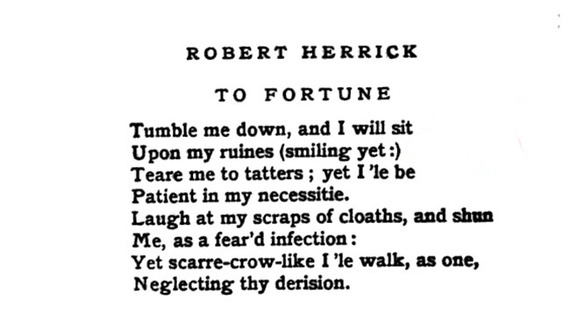


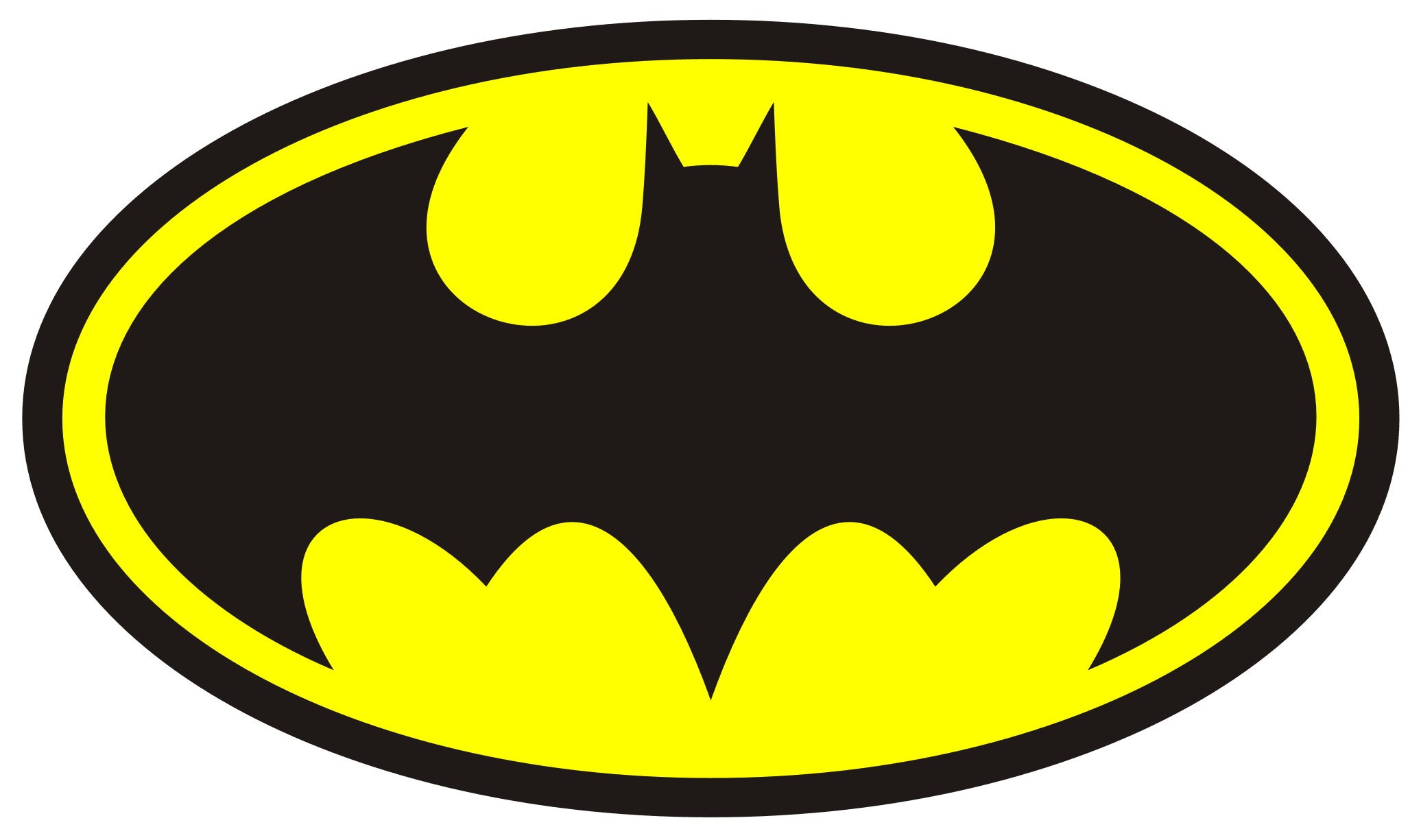

.svg/2000px-45th_Infantry_insignia_(swastika).svg.png)

